Padded Stuff
This set consists of our Padded Arming Doublet and our Padded Chausses. You can choose from a variety of colors and also have the option of adding pre-sewn arming points to the doublet for connecting your steel arm harness; one on each shoulder, one above the elbow joint, and one below the elbow joint.
Our Vertically Quilted Padded Set consists of our Vertically Quilted Gambeson and Vertically Quilted Stockings. The set is made with durable fabric and cotton batting and high-quality vertical stitching. You can choose the color of the fabric and trim and compose your own design. Additionally, our Padded Set can be sewn to your personal measurements using the
We’re glad to offer you our new gobelin style padded set – Italian Gobelin “Umber & Gold”. The color “Umber” derives its name from the mountainous Umbria region in Italy. The umber background is curved with a medieval floral motif. Made with two layers of natural sheet batting, this set is suitable to be used
In the Middle Ages quilted cloth reinforced with simple leather elements might be the only protection of the poor soldier. Padded jackets and stockings were less expensive than steel. However even rich noble knights wore padding under their armor. They stood out by using valuable fabrics and rich colors. Our Gobelin Padded Set consists of
A gambeson is armor made of multiple layers of fabric. Often stuffed with (depending on region) tow, wool, horsehair, and sometimes saturated with salt. Depending on its period, the region and class of the wearer, it was considered either as armor, or as under-armor wear. For example, for knights, a padded jacket was not the
A gambeson is armor made of multiple layers of fabric. Often stuffed with (depending on region) tow, wool, horsehair, and sometimes saturated with salt. Depending on its period, the region and class of the wearer, it was considered either as armor, or as under-armor wear. For example, for knights, a padded jacket was not armor,
Our Padded Gorget with Titanium Plates helps to cover any unsafe gaps you may have around the neck. It can also be used as additional protection to reinforce vulnerable places such the collar bones and trapezius muscles. Our Padded Gorget with Titanium Plates is made from stitched cotton and two layers of natural sheet batting
An aketon (or “acton”, from the Spanish “alcoton” which is itself derived from Arabic “al-qutum”, “cotton”) is a kind of coat used during the 13th – 15th centuries. This padded defensive jacket was worn as armor (by warriors of inferior rank) or as padding for additional steel armor worn over the top by those with
A doublet is a close-fitting outer garment which was worn from the late 14th century to the mid 17th century. We’re pleased to offer you a replica of the fencing doublet from the Metropolitan Museum of Art. It’s essential under-armor wear. Our Fencing Doublet is handmade with high-quality machine stitching. It’s crafted from durable 100%
A doublet is a close-fitting outer garment which was worn from the late 14th century to the mid 17th century. We’re pleased to offer you a replica of the fencing doublet from the Metropolitan Museum of Art. It’s essential under-armor wear. Our Fencing Doublet is handmade with high-quality machine stitching. It’s crafted from durable 100%
Quality under-armor wear was a very important part of the equipment of ancient knights. To protect vulnerable parts of the body such as the head, shock-resistant fabric liners were used. This liner is made of layers of durable 100% cotton. It’s completely handmade, has high-quality machine seams. And is padded with natural sheet wadding.
Liners are an irreplaceable part of knights’ equipment. They were worn under helmets to reduce impacts to the head and protect from concussive forces. This handmade liner is crafted from several layers of 100% cotton, and as it covers the upper and lower parts of the head, it’s a great fit for Great Helms and
Medieval Padded Armor & Quilted Armor
The question that many beginners face is what to wear beneath one’s armor. Friends, don’t worry! Back in the Middle Ages, people already puzzled over this question and found the answer. Padded armor helps the modern fighter as much as it has helped warriors since the IV century A.D.
Show more...
What is the main purpose of the armor padding? Before the development of the metallurgical industry – that is, before people learned how to process steel – they covered their bodies with only quilted armor. Over time and with the development of the metal and armor manufacturing industry, armor padding began to be used in addition to the main armor because large steel plates on their own don’t guarantee that warriors won’t get a bruise or a fracture. In addition, padded armor allows one to lock steel armor in place with laces at convenient points on the body. In fact, many different armor pieces must be attached to quilted armor in order to function.
In the Middle Ages, people only used natural materials, such as wool or cotton. Natural fabrics are more breathable than synthetic, but they are also less durable. This is the reason we now use fabrics with a little addition of synthetics. This extends the life of your padded armor and makes your hobby less costly, since you don’t have to update your armor padding as often.
Liner, Padded Arming Coif and Padded Aventail
You need to wear a liner or padded arming coif under your helmet. Those two products are very similar, except for the fact that liners don’t usually protect your neck. A padded arming coif does, and you can cover it with an aventail crafted from metal plates or rings.
Both liners and padded arming coifs are usually sewn to the helmet, therefore if you are planning a laundry day, you will have to remove it. Sewing back to the helmet after washing requires tools and experience, but it is possible.
A padded aventail covers the neck and collarbones, is usually not sewn to the helmet, and can be used as a separate element.
Quilted Stockings
Quilted / Padded stockings, or, as they are also known, chausses, are the cloth under-armor you put on your leg. If you’re not participating in a buhurt, don’t use thick quilted stockings, because you are more likely to overheat.
You can order padded stockings of different thickness on our website. Usually, one layer of batting is enough for a duel. This will give you more mobility and you won’t be so hot.
Gambeson
A gambeson is the jacket you wear beneath your mail or plate armor (or, in some cases, you can wear it as armor by itself.) We can make you a gambeson, as well as the padded stockings, in different thickness by using one or two layers of 100% natural cotton sheet wadding.
On our website, you can find a wide range of various gambesons: less detailed ones for full-contact battles according to HMB and IMCF rulesets, as well as more expensive reconstructions that preserve all of the details of their historical counterparts. We have extensive experience in manufacturing gambesons, making them quickly and efficiently. The average production time for a gambeson is 2 – 4 weeks.
One final note on quilted armor; the elements that steel armor is fastened to are called arming points. These are reinforced areas where laces are sewn onto the quilted armor. On our site, you can order optional arming points for your quilted armor. This simplifies the attachment of steel armor and gets rid of the extra headache of adding them yourself.
Care
Another question that we often hear is whether you can wash quilted armor. The answer is “Yes, you can!” On Forge of Svan products, you will find tags with washing instructions and temperatures. Moreover, after prolonged and active use, we recommended that you wash your quilted armor because it is like a winter jacket that you wear in the summer and in which you actively play sports. Not washing your battle clothes means harming the people who are near you with your stench. Don’t be that guy or gal! Wash your padded armor regularly by following the recommended care instructions.
Your historical fencing or historical medieval battle kit starts with quilted armor, so don’t delay and order now!
less..


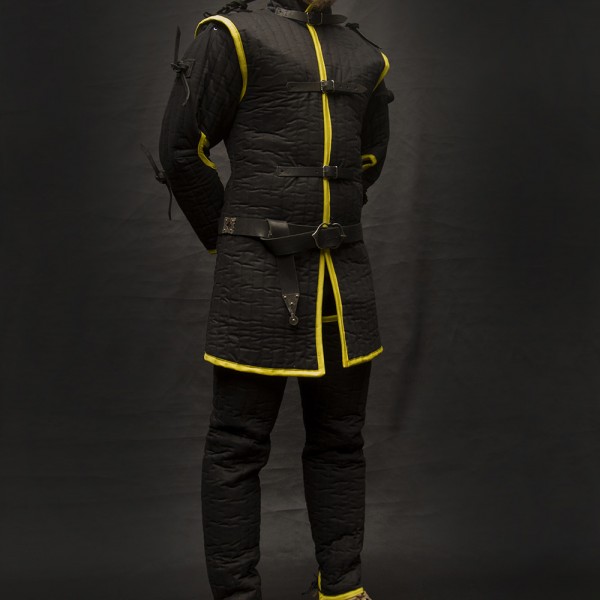
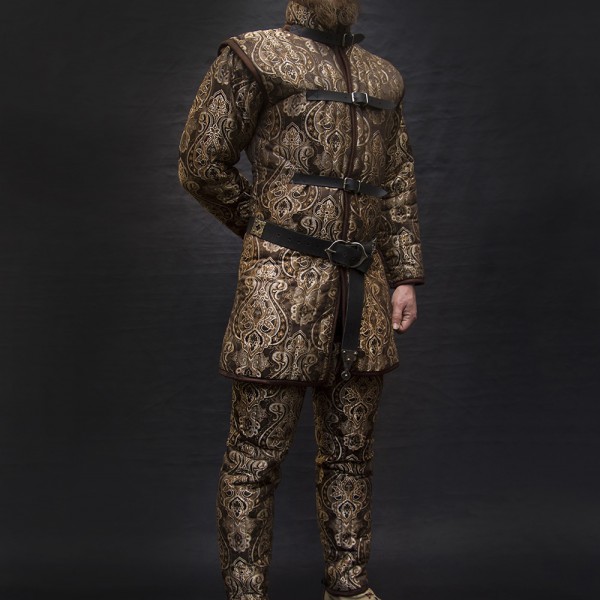

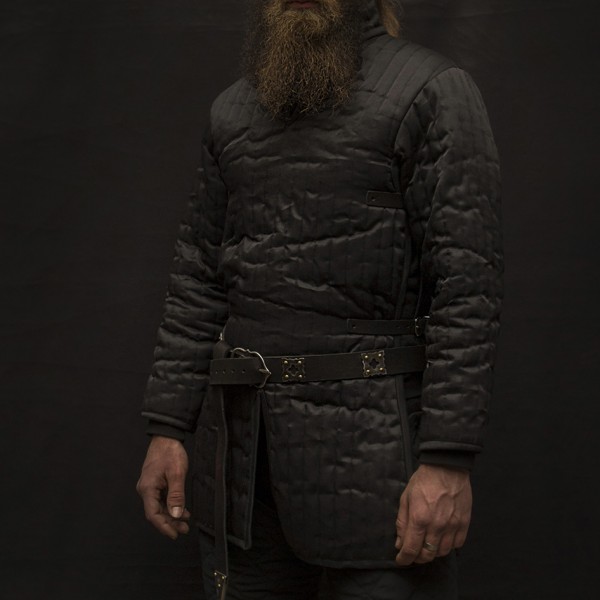

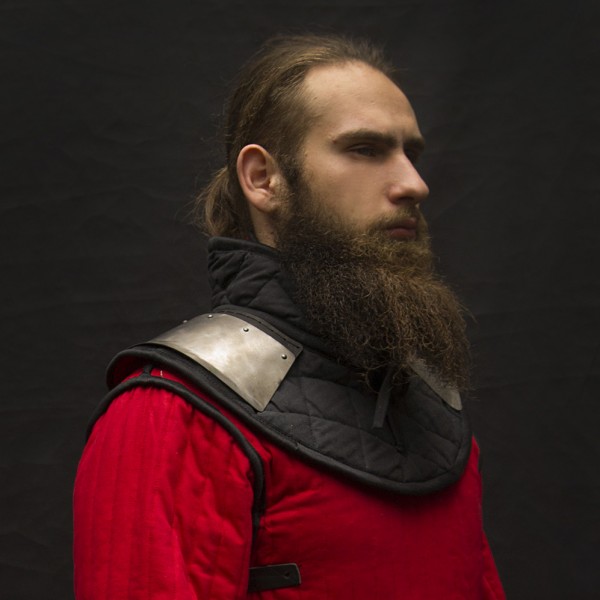
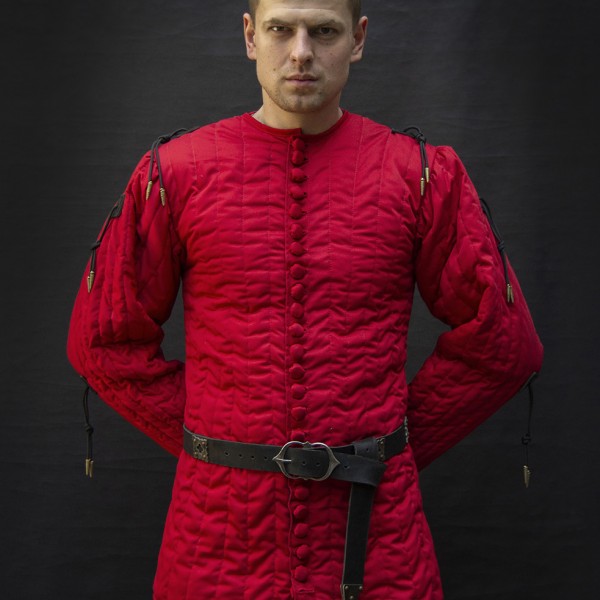
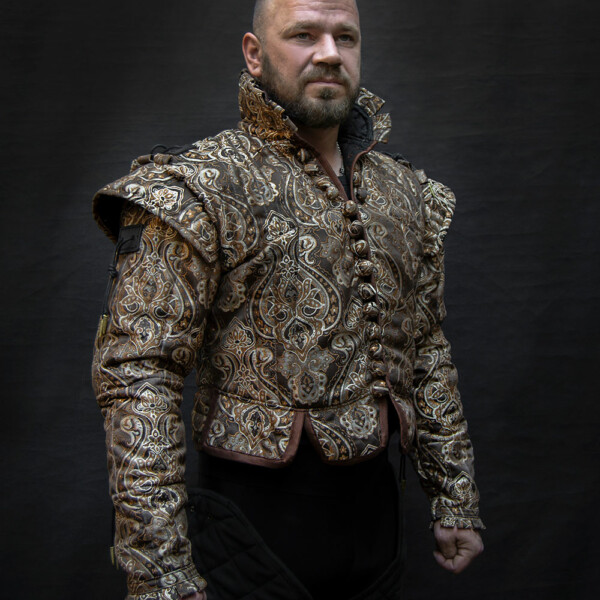
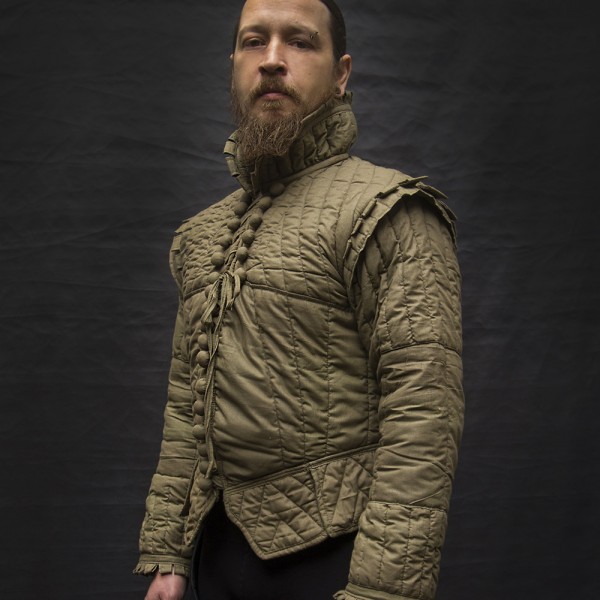
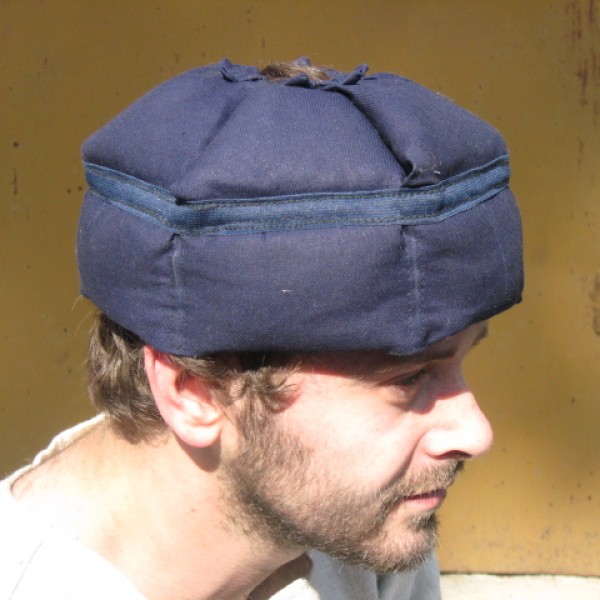

 Shop
Shop